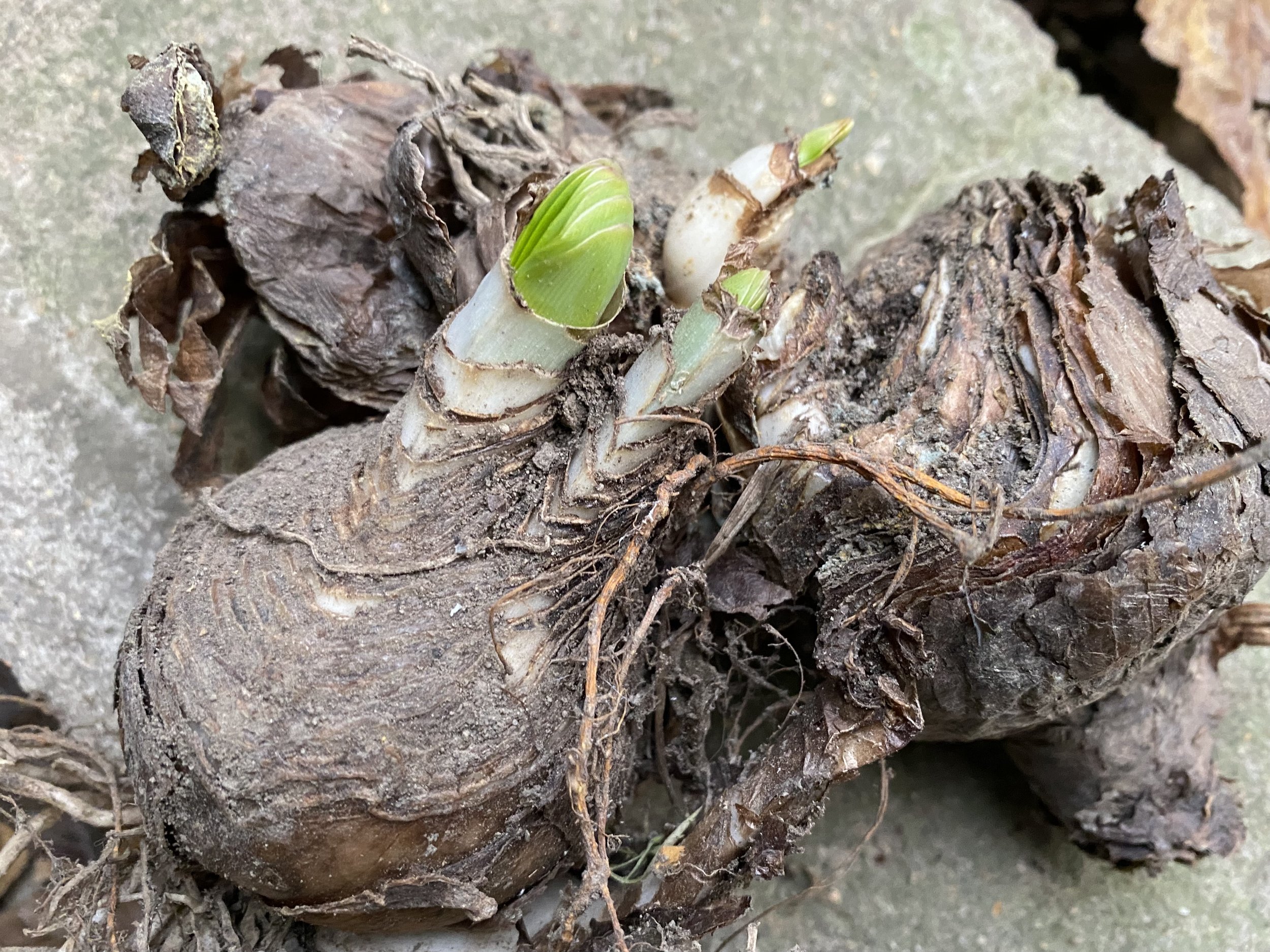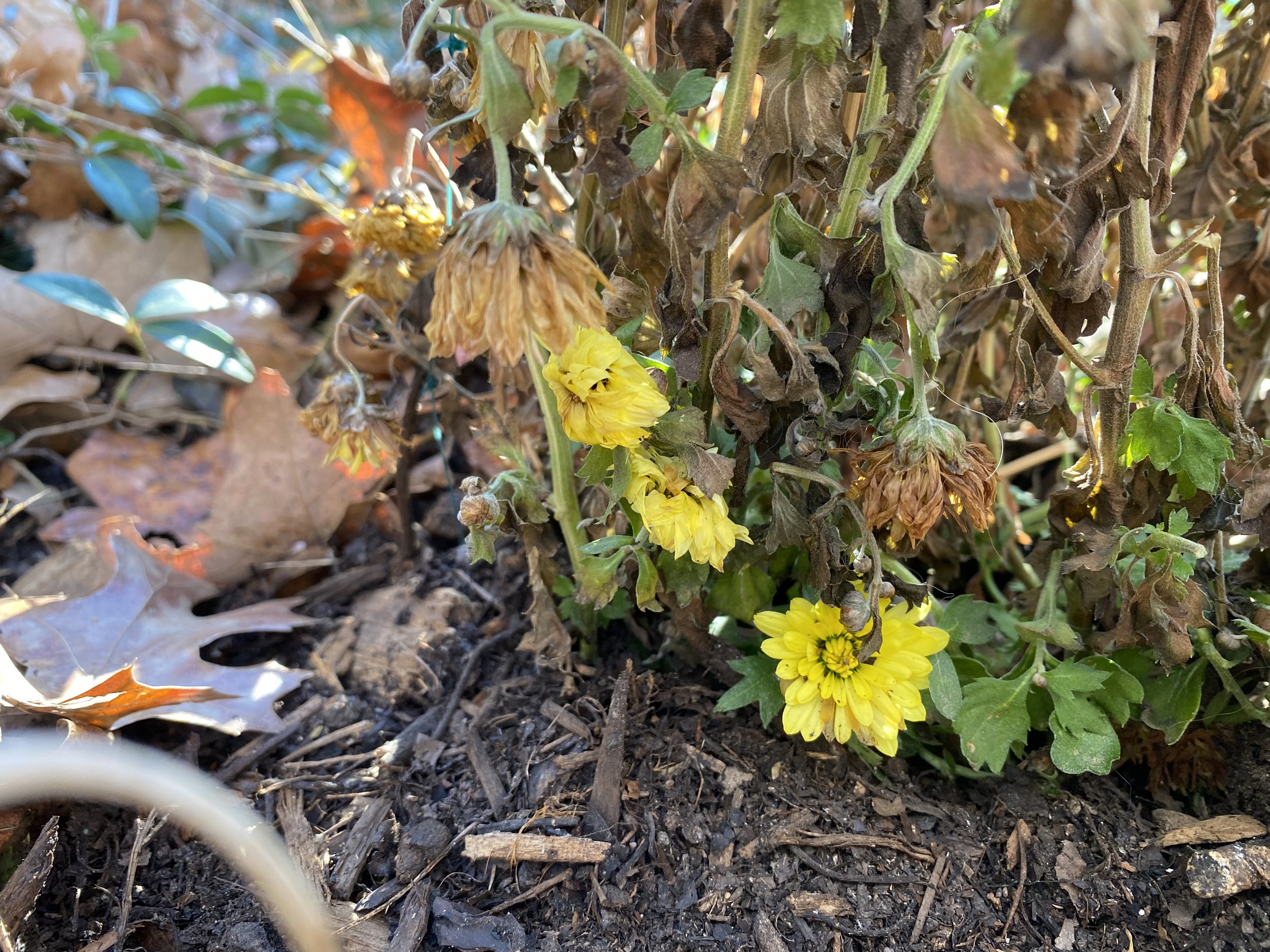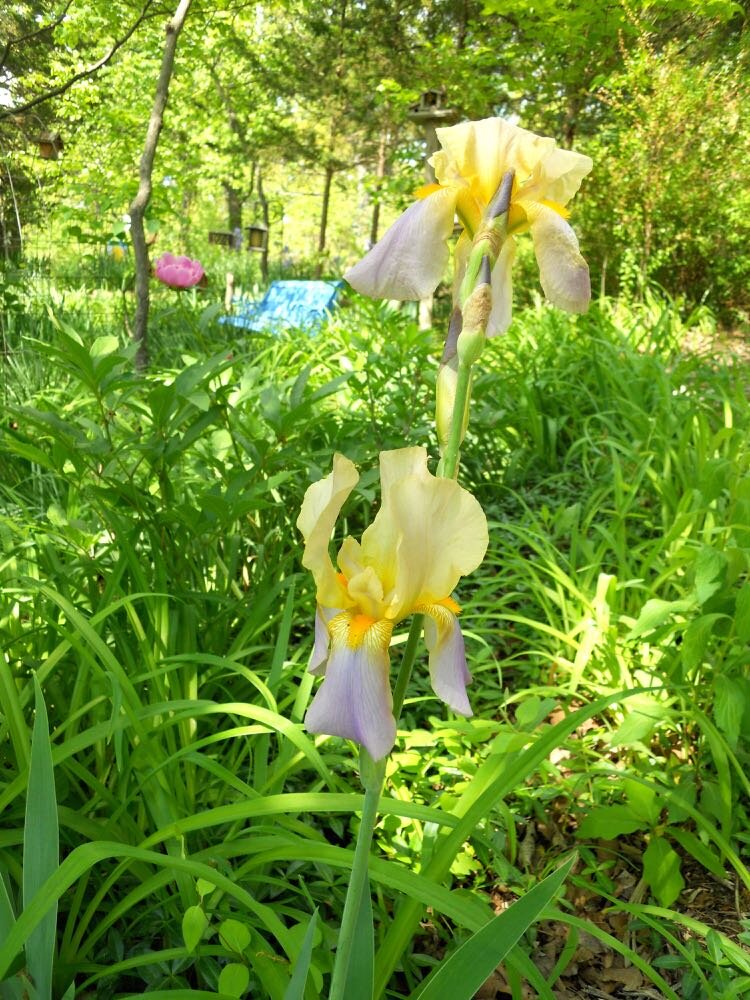Where to Store Amaryllis Bulbs
/This Amaryllis is going dormant as its leaves turn yellow. (Photo by Charlotte Ekker Wiggins)
“I live in an apartment. Where can I put an amaryllis plant to go dormant. If I put the bulb in my crisper do I have to put the bulb in a bag.” — Donna
Where to Store Amaryllis Bulbs
Hi Donna, do NOT put your Amaryllis bulb in your refrigerator crisper, this is a tropical plant and the cold will kill it.
Keep the Amaryllis bulb watered in a pot in a window until all of the green leaves turn yellow and die off.
If you don’t have a window, keep it as close to sunlight as you can so the leaves can collect sun and store it in the bulb. Let it go dormant on its own time.
These Amaryllis bulbs are ready for a nap for a few weeks. (Photo by Charlotte Ekker Wiggins)
You can place the Amaryllis bulb in a brown bag after all of the greenery has died back.
Leave it in a closet or in a cabinet at room temperature.
I leave mine in a pot and don’t water it for 6-8 weeks, then repot it when I start to see new growth.
This Amaryllis is starting to regrow, see the bud on the left? (Photo by Charlotte Ekker Wiggi
If the Amaryllis bulb has collected enough sunlight through its leaves, you will enjoy another blooming cycle.
Here’s one of my re-blooming Amaryllis, love to watch them re-grow! (Photo by Charlotte Ekker Wiggins
Amaryllis bulbs are easy to care for so you can get them to re-bloom and well worth the effort, I have some Amaryllis bulbs that are more than 10 years old.
For more gardening, beekeeping, cooking and easy home decor tips, subscribe to Garden Notes.




















































